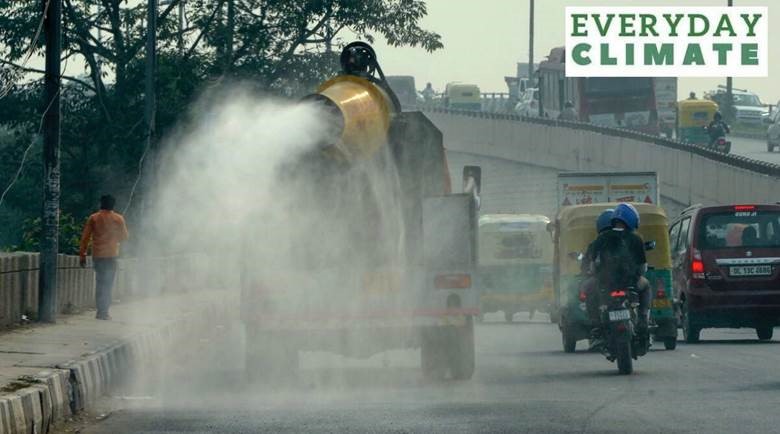





Disclaimer: Copyright infringement not intended.
What is the Graded Response Action Plan?
The Commission for Air Quality Management in National Capital Region and Adjoining Areas Act 2021
Key features of the Bill include:
Composition: The Commission will consist of:
(i) a Chairperson, (ii) an officer of the rank of a Joint Secretary as the member-secretary and Chief Coordinating Officer, (iii) a serving or former Joint Secretary from the central government, (iii) three independent technical members with expertise in air pollution, and (iv) three members from non-government organisations.
The Chairperson and members of the Commission will have a tenure of three years or till the age of seventy years, whichever is earlier.
The Commission will also include ex-officio members: (i) from the central government and concerned state governments, and (ii) technical members from Central Pollution Control Board, Indian Space Research Organisation, and NITI Aayog. It may also appoint representatives of certain ministries.
Selection of Commission: The central government will constitute a selection committee to recommend appointments of members of the Commission. The Committee will be headed by the Minister of Environment, Forest and Climate Change. Members of the Committee will include the Cabinet Secretary and the Minister of: (i) Commerce and Industry, (ii) Road Transport and Highways, and (iii) Science and Technology.
Functions of the Commission: Functions of the Commission include: (i) co-ordinating actions by concerned state governments (Delhi, Haryana, Punjab, Rajasthan, and Uttar Pradesh), (ii) planning and executing plans to prevent and control air pollution in NCR, (iii) providing a framework for identifying air pollutants, (iv) conducting research and development through networking with technical institutions, (v) training and creating a special workforce to deal with issues related to air pollution, and (vi) preparing action plans such as increasing plantation and addressing stubble burning.
Powers of the Commission: Powers of the Commission include: (i) restricting activities influencing air quality, (ii) investigating and conducting research related to environmental pollution impacting air quality, (iii) preparing codes and guidelines to prevent and control air pollution, and (iv) issuing directions on matters including inspections, or regulation which will be binding on the concerned person or authority.
The Commission will be the sole authority with jurisdiction over matters defined in the Bill (such as air quality management). In case of conflicts, directions of the Commission will prevail over the orders of the respective state governments, the Central Pollution Control Board (CPCB), state PCBs, and state-level statutory bodies.
Sub-Committees: The Commission is required to form sub-committees on: (i) monitoring and identification, (ii) safeguarding and enforcement, and (iii) research and development.
Penalties: Contravention of provisions of the Bill, or orders and directions of the Commission will be punishable with imprisonment of up to five years, or fine of up to one crore rupees, or both. Appeals against the Commission’s orders will lie with the National Green Tribunal
https://www.pib.gov.in/PressReleasePage.aspx?PRID=1889823







© 2025 iasgyan. All right reserved